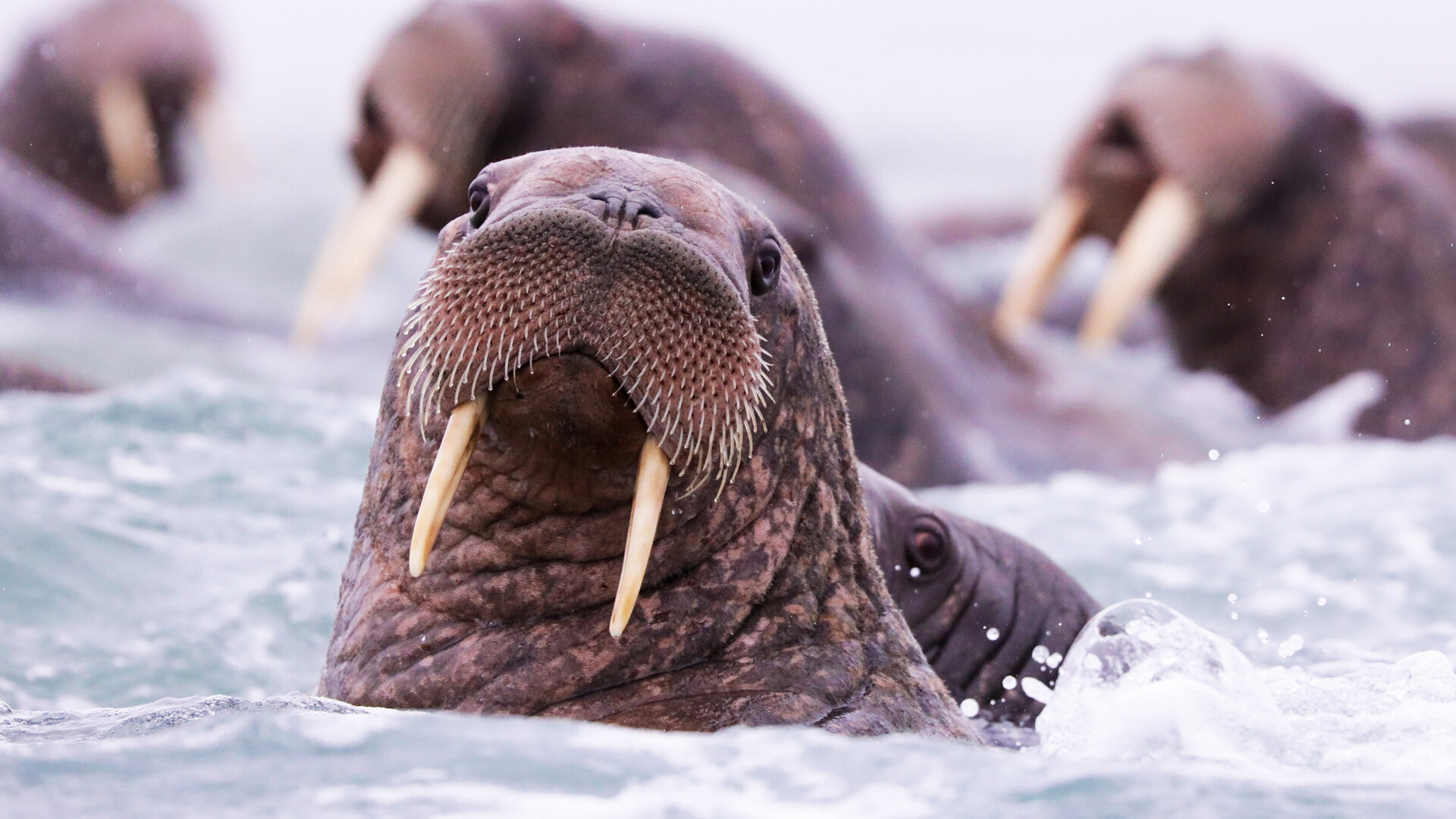
"See you in Chukotka!"
Vyacheslav Viktorov/RoskongressA marvelous world of Arctic cold, Northern Lights and endless tundra - that’s how this faraway land can be described. In fact, Chukotka is the real edge of not only Russia, but also of the entire Eurasian continent. The 180th Meridian stretches through there, which separates the Western and Eastern hemispheres and serves as a reference point for the date line - that divides time into “yesterday” and “today”. The maritime border between Russia and the U.S. (the distance between the islands of Diomede, one of which is Russian and the other is American, is only 4 kilometers) can also be found there.
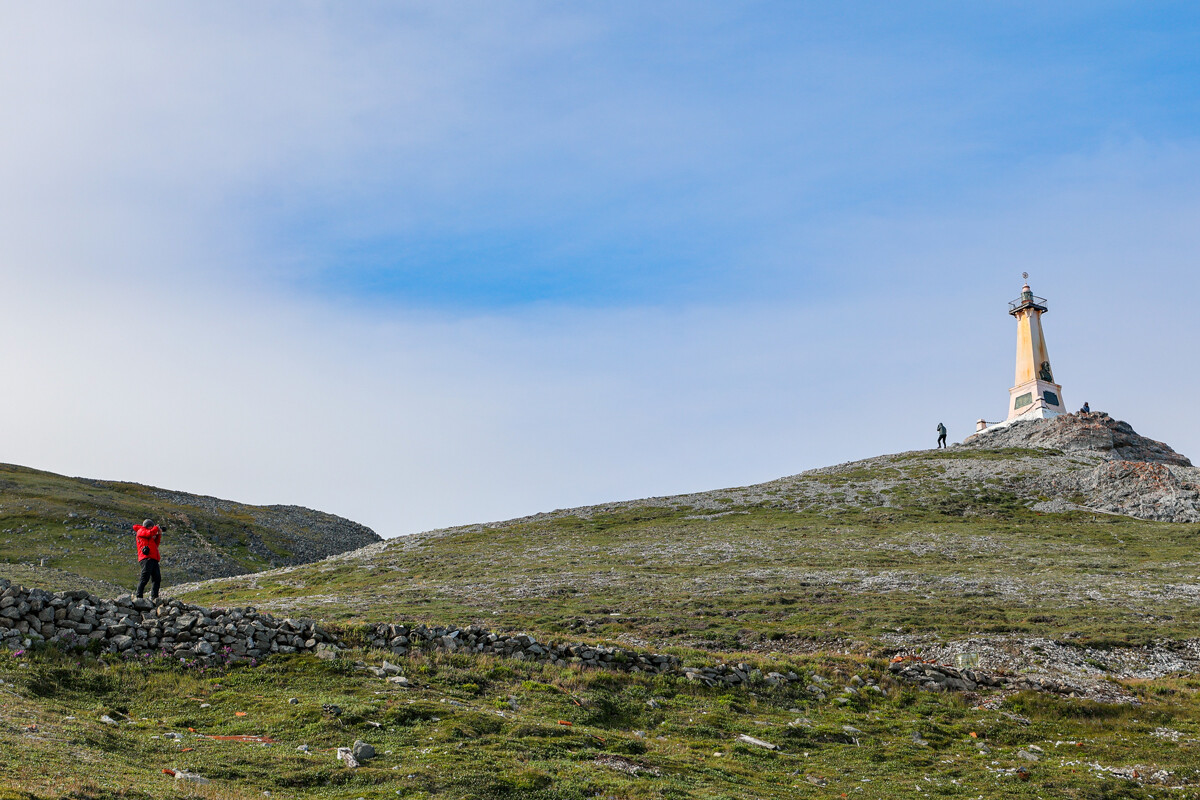
Cape Dezhnev.
Vyacheslav Viktorov/RoscongressPeople go there to see the amazing and almost untamed nature, where brown and polar bears wander, to watch walruses (although it’s still a question of who is watching who) and even play snowballs in the summer (because permafrost!). And also - to challenge oneself and to reach the furthest point of Eurasia, Cape Dezhnev. We have already written about the top places in the region, so now let’s look in detail at how to get there.
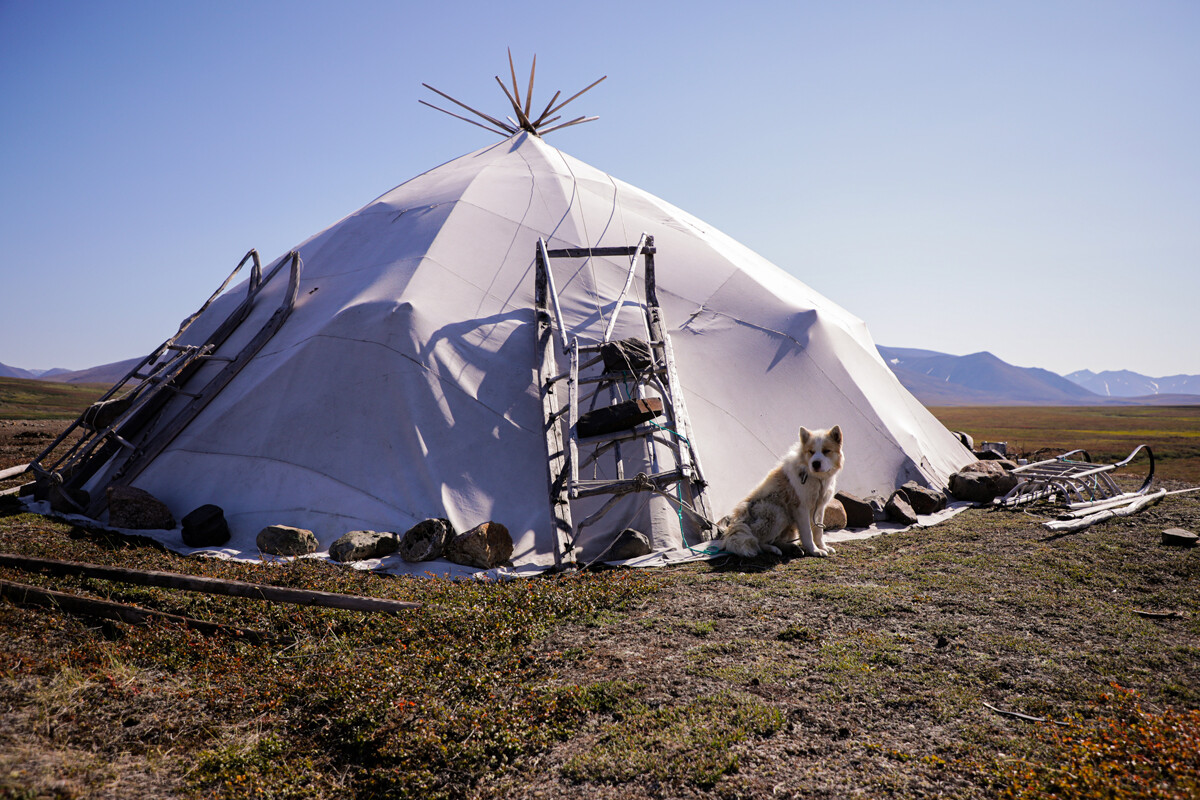
At the nomadic family place in the tundra.
Vyacheslav Viktorov/RoscongressThis is a large (think several European countries!) and the most sparsely populated region of Russia, with only 50,000 people, half of whom are Russians, a quarter who are Chukchi indigenous people and another quarter who are other ethnic peoples, including the minorities. Nomadic peoples in the tundra are mostly engaged in reindeer herding and the indigenous dwellers of the coastline are mostly sea hunters.
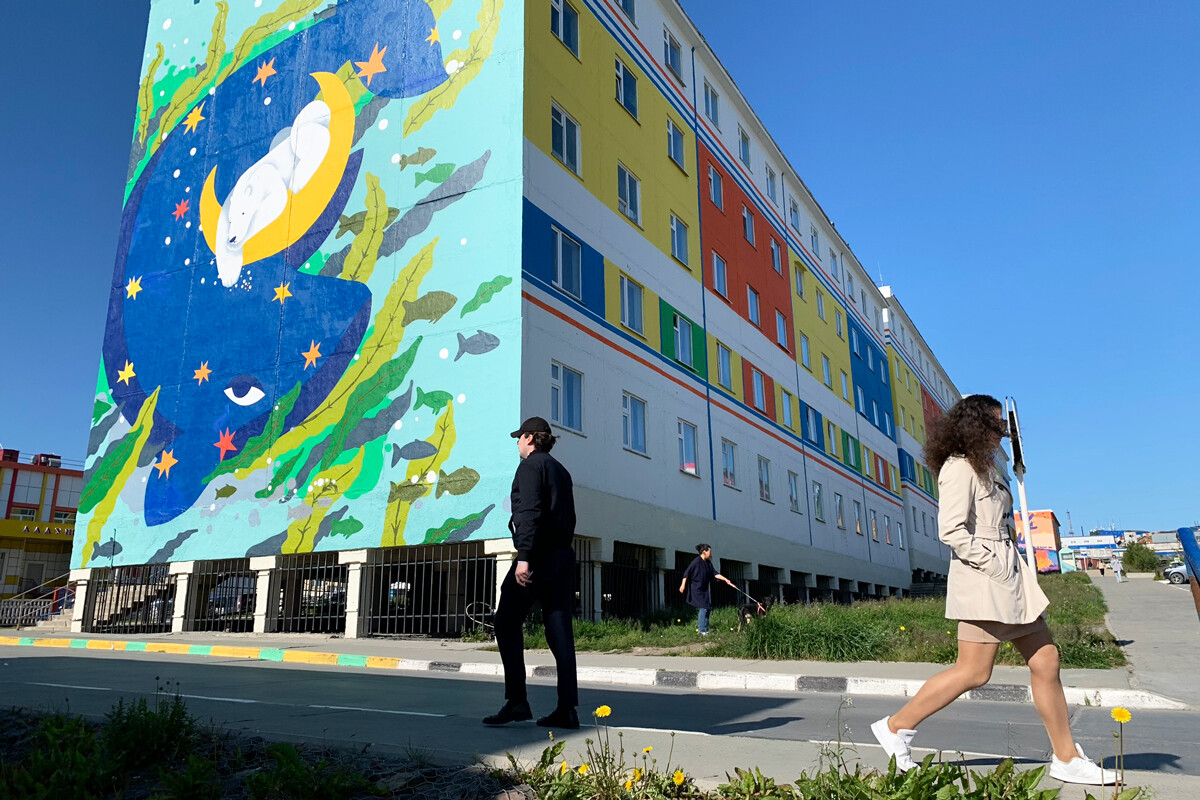
People of Anadyr.
Anna SorokinaCentral Chukotka is the city of Anadyr, the capital of the region. This is the most expensive city in Russia (we cover it in the following articles), but it also is the brightest. All the houses there are painted in cheerful colors to balance the lack of vegetation for the eyes. In the outskirts of Anadyr, tourists climb the hills, as well exploring the Anadyr estuary by boat.
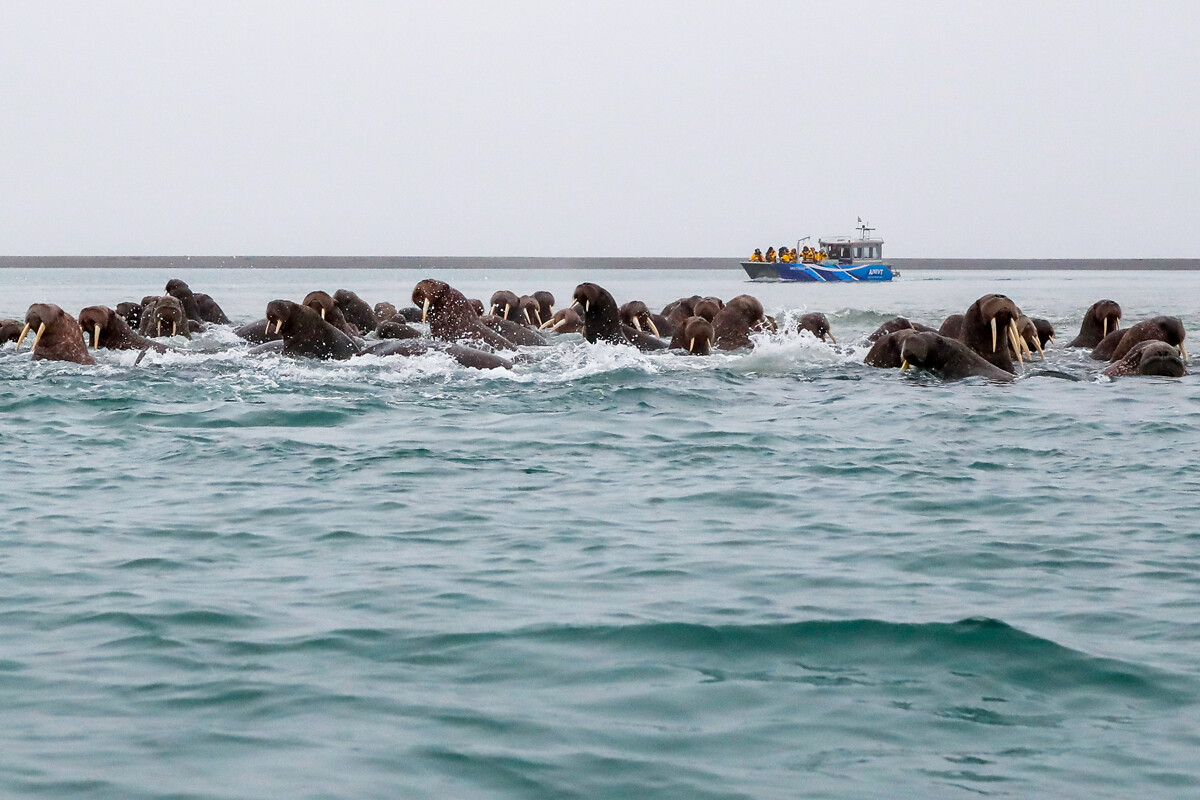
These walruses welcome travelers.
Vyacheslav Viktorov/RoscongressThe western part includes the cities of Bilibino (where the world’s only Nuclear Power Plant on permafrost sits) and Pevek (the northernmost city in Russia), Lake Elgygytgyn and Wrangel Island (also nicknamed the ‘Island of Bears’).
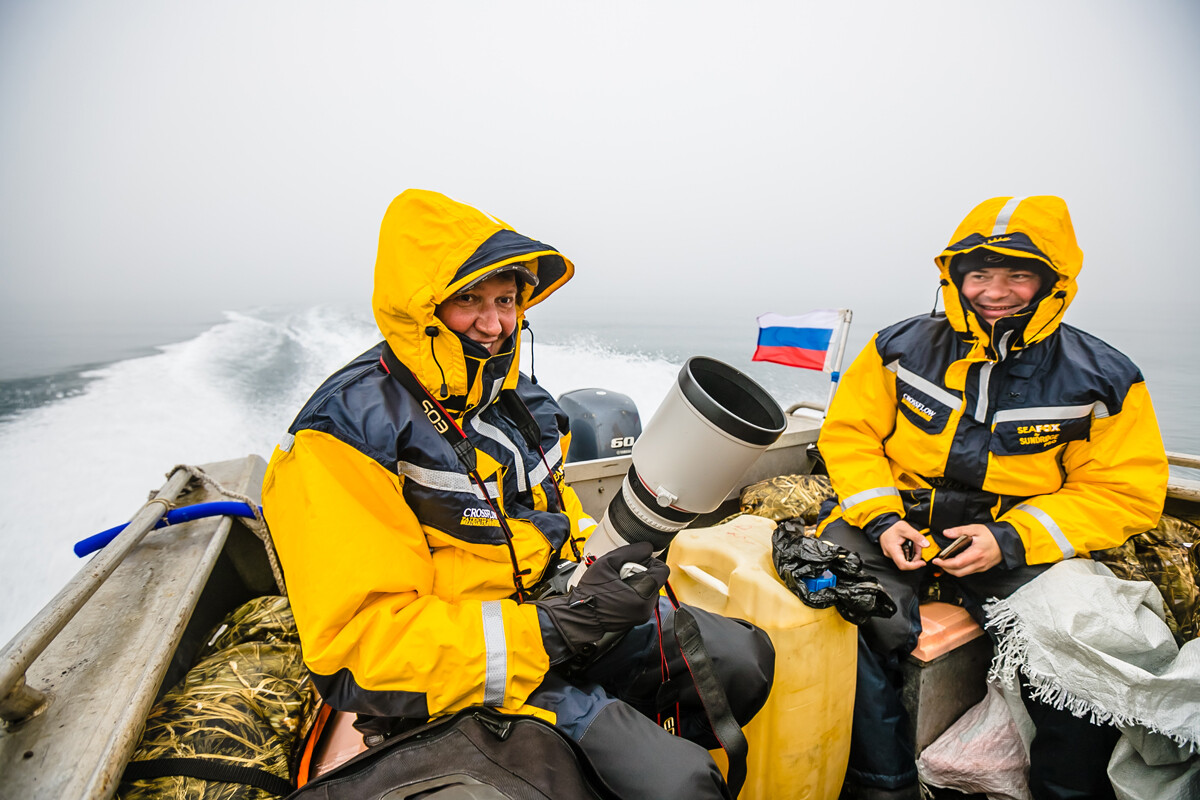
A boat trip in Chukotka is like...
Alexei ZhirukhinEastern Chukotka is the most interesting part of the region, where you can see walruses, whales and orcas in the wild, as well as visit the indigenous peoples. You can also make a journey to Cape Dezhnev and see the point where the Arctic and Pacific Oceans meet.
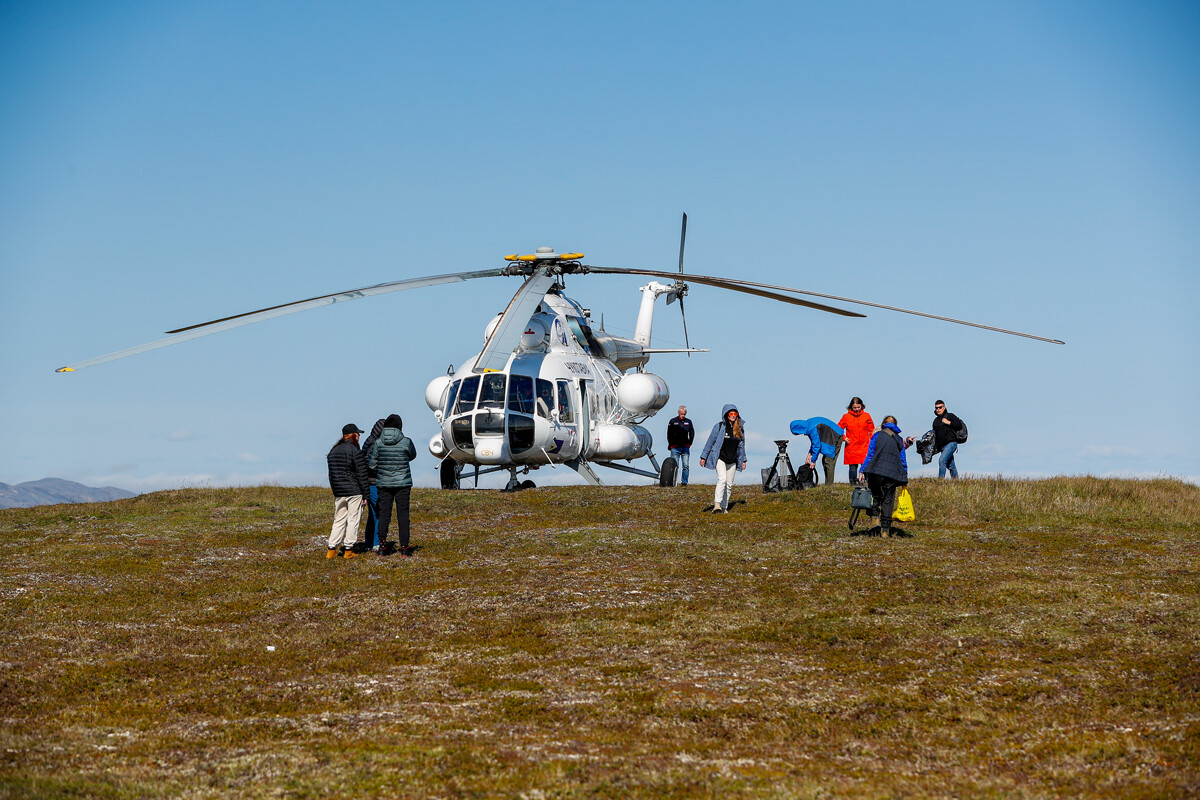
Helicopter is a local transport in this remote area.
Vyacheslav Viktorov/RoscongressUsually, a foreigner can organize a trip to Russia yourself: get a visa, book a hotel, buy flight tickets and local transport. But, Chukotka is the case when you have to contact local tour companies and travel in a group. Even if you know Russian very well. Good news - it ends up being cheaper and safer than trying to organize a trip on your own.
Besides a Russian visa, you will need permission from the regional FSB office, as Chukotka Autonomous Okrug (Area) is a so-called territory with a regulated visitation regime. In a tourist group, permission will be managed by the travel agency (read more here).
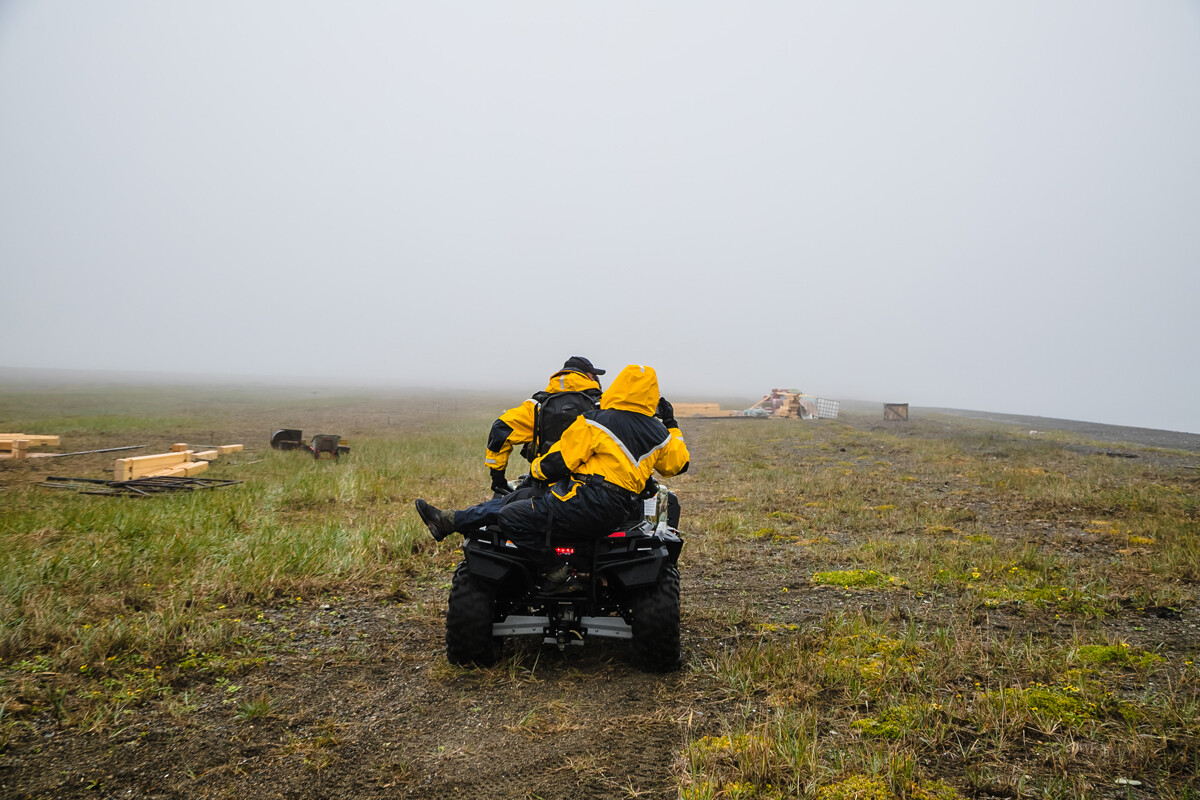
No roads? It's not a problem here.
Alexei ZhirukhinBut, even if you can make a permit on your own, you will face another problem. Getting from one locality to another is sometimes only possible by plane, helicopter or ATV. Travel agencies can book charter flights for the group and arrange transfers. And this is not about something extreme - it’s the usual local way of transportation.
Also, for safety reasons, it’s better to travel in a group: wild animals, harsh and rapidly changing weather, with no cell phone service outside the settlements.
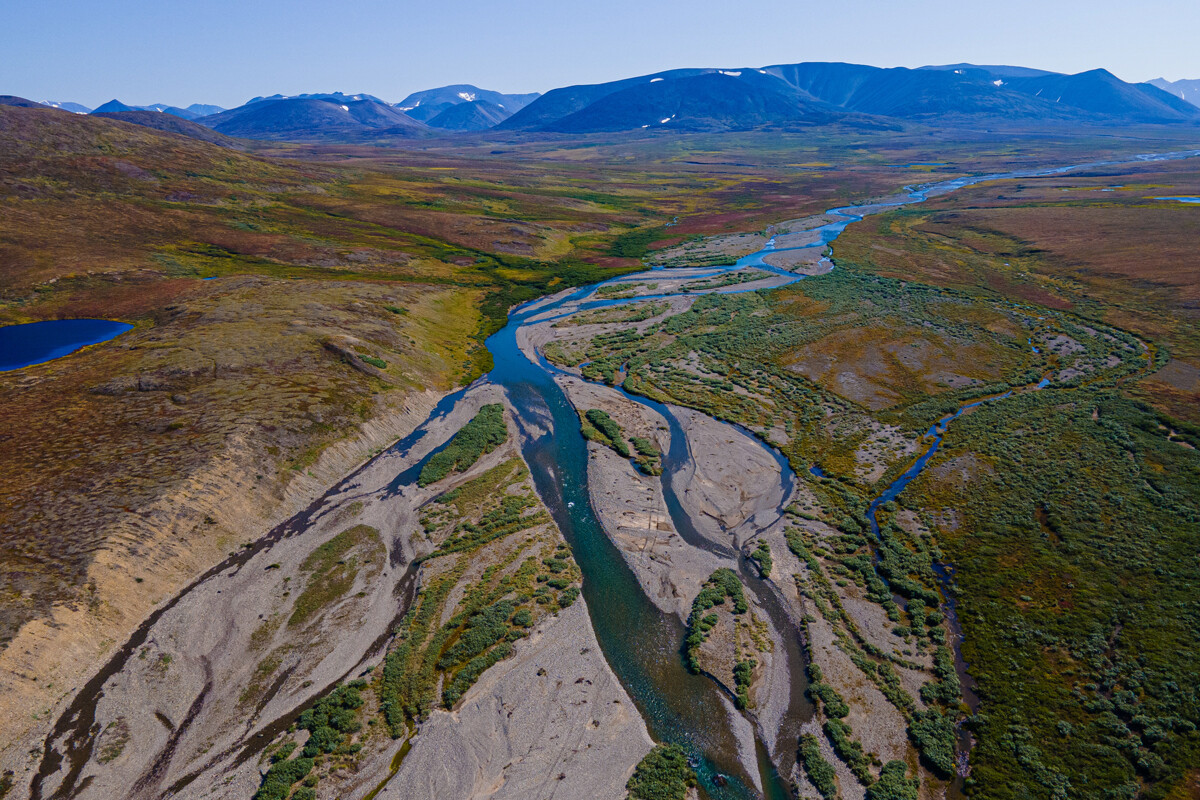
An aerial view of the tundra.
Alexander Krymov / Chukotka Autonomous Area GovernmentThere are three cities in Chukotka that connect this region with the rest of the world. Most journeys start from Anadyr. The airport is in the settlement of Ugolnie Kopi on the other side of the estuary, which can be reached by ferry or by helicopter, depending on the season. Planes arrive there from Moscow (8-9 hours), Irkutsk (5-6 hours), Novosibirsk (6-7 hours), Vladivostok (5-6 hours), Petropavlovsk-Kamchatsky (5 hours), Yakutsk (5-6 hours) and Khabarovsk (4-5 hours). The second city is Pevek. You can fly here from Magadan (5 hours) and Yakutsk (6 hours). The third city is Bilibino, where you can fly only from Magadan (3 hours).
There are also airports in large (relatively) villages: Egvekinot, Lavrentiya, Provideniya, Mys Shmidta (Cape Schmidt), where local Chukotavia airlines operate.
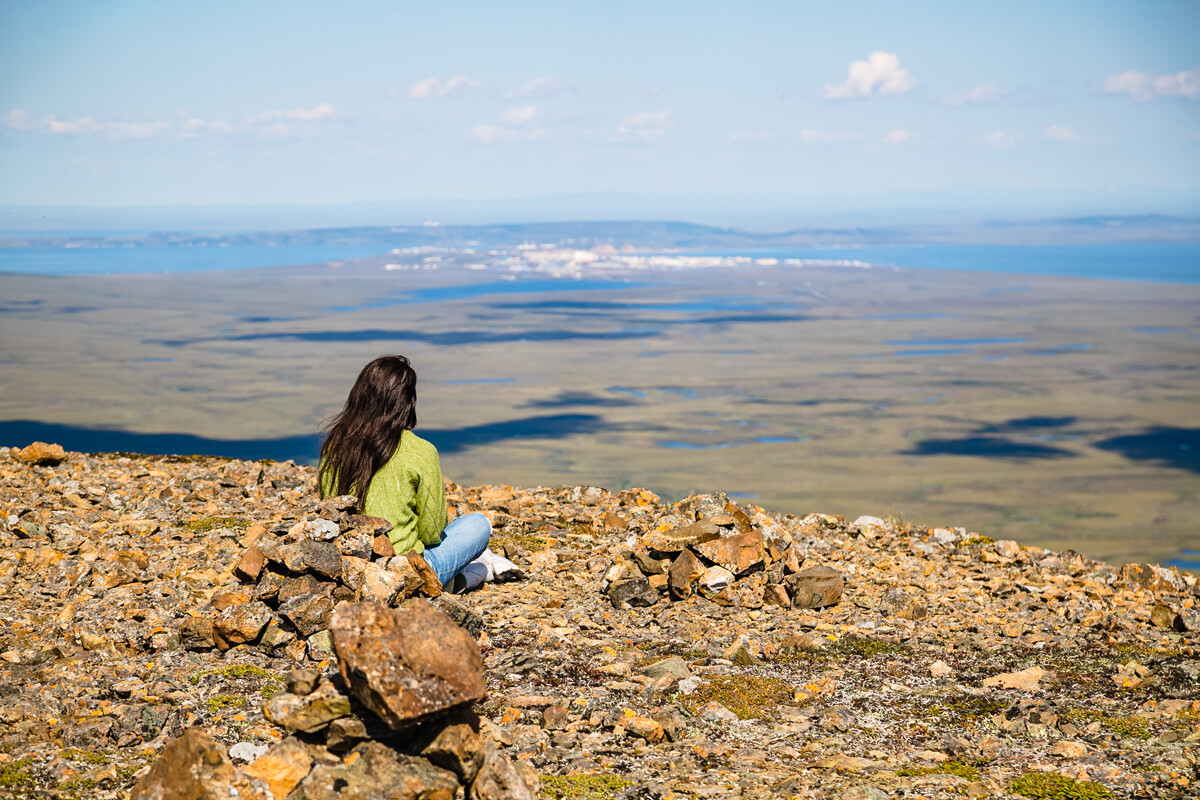
Observing the tundra from the hill.
Alexei ZhirukhinThere are no railways, due to swampy soils and permafrost. And there are almost no automobile routes, they are mainly dirt roads and only in some settlements they are made of concrete, as no asphalt can stand this climate. In winter, people use “ice roads”.
Remember that, in Chukotka, the weather decides everything: as a rule, winter lasts about nine months, while, from June to August, there’s something like a windy summer with bright sun. Because of the topography, the weather can be different even over a short distance, so be prepared!
Dear readers,
Our website and social media accounts are under threat of being restricted or banned, due to the current circumstances. So, to keep up with our latest content, simply do the following:
If using any of Russia Beyond's content, partly or in full, always provide an active hyperlink to the original material.
Subscribe
to our newsletter!
Get the week's best stories straight to your inbox